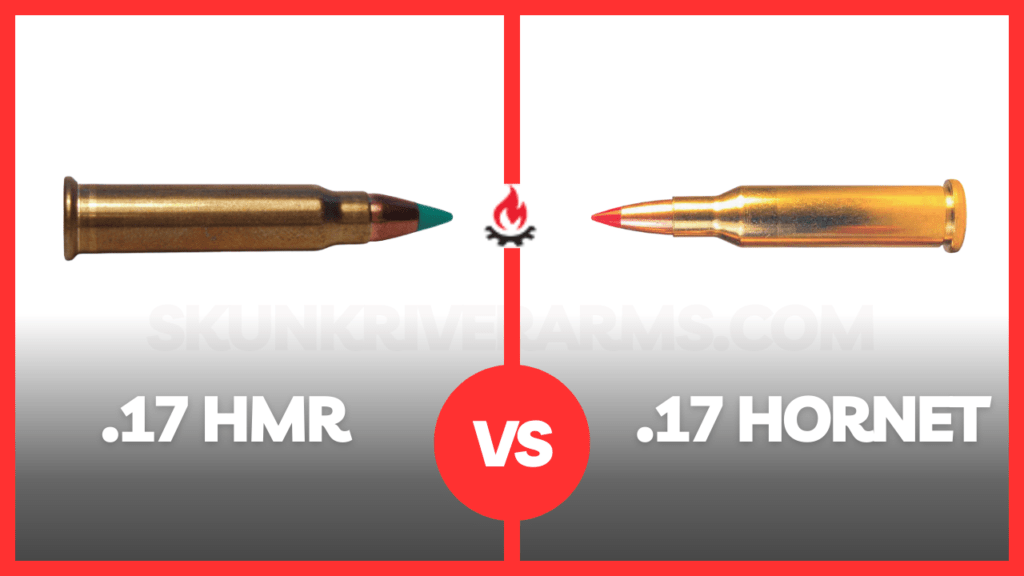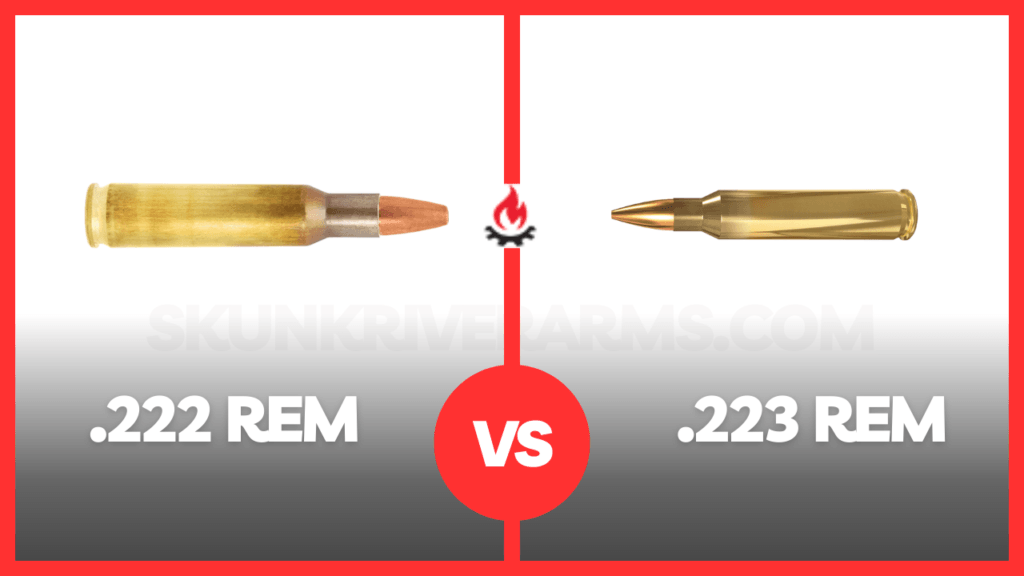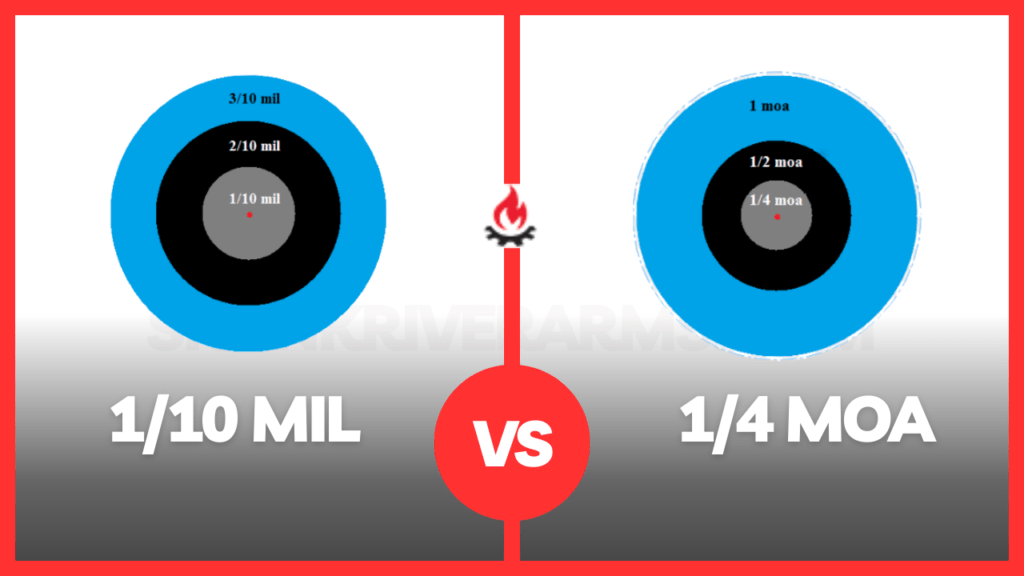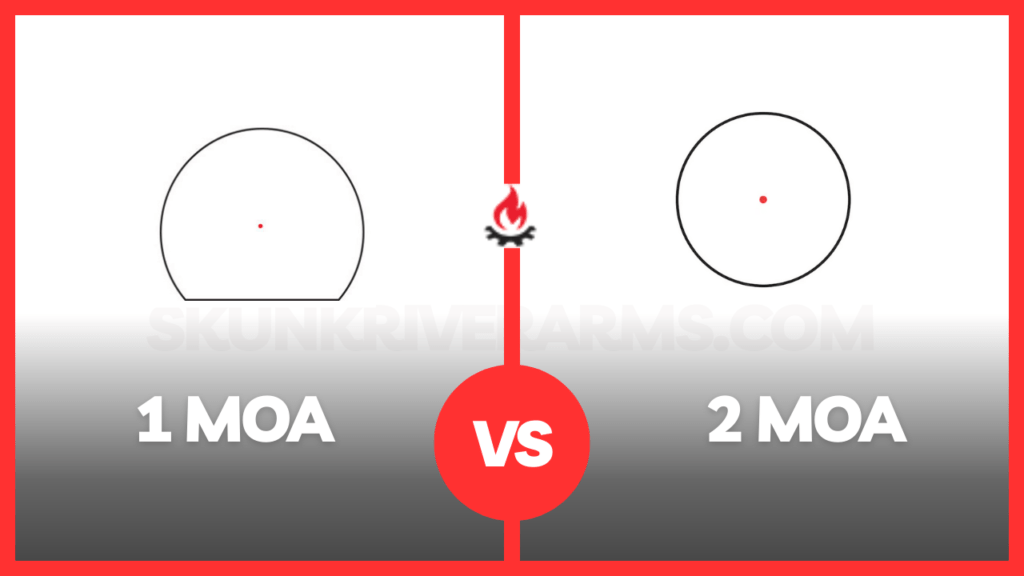The M14 and the M1A are two iconic rifles that share a common lineage, yet they have distinct differences.
In this comparison, we will explore the key distinctions between these firearms, shedding light on their historical origins, design variations, and applications. Whether you’re a military enthusiast, a sports shooter, or simply curious about these classic firearms, this article will help you understand the nuances that set the M14 and the M1A apart.
M14 Rifle
The M14, introduced in the late 1950s, succeeded the M1 Garand as the U.S. military’s standard rifle. This transition was driven by the need for a versatile battle rifle capable of semi-automatic and fully automatic fire, accepting detachable magazines and firing the more potent 7.62x51mm NATO cartridge.
While its reign as the primary service rifle was relatively brief, as the M16 gradually replaced it during the early years of the Vietnam War, the M14 found new life as a designated marksman and sniper rifle due to its accuracy and reliability.
Today, it remains a beloved choice among civilian enthusiasts and collectors, serving as a historic bridge between classic 20th-century battle rifles and modern military firearms.
M1a Rifle
The M1A rifle, often regarded as the civilian counterpart of the M14, traces its roots to the iconic M14 battle rifle of the 1950s. It allows civilian shooters to experience the essence of the military classic while adhering to civilian firearm regulations.
The M1A retains the design, caliber, and critical features of its military predecessor, making it a favorite among firearm enthusiasts and competitive shooters. It embodies the legacy of the M14, providing civilians with a piece of history and a reliable, accurate firearm for various shooting applications.
M14 Rifle Vs M1a: What’s The Difference?
Design
The M14 is a selective-fire battle rifle developed to replace the M1 Garand and M1 Carbine rifles. It was designed to be a versatile weapon that could serve as a standard-issue rifle for the U.S. military. Here are some of its key design features:
- Action: The M14 uses a gas-operated, rotating bolt action system. It’s chambered for the 7.62x51mm NATO cartridge.
- Operating System: The rifle uses a short-stroke piston system with a gas cylinder and a rotating bolt. This design helps reduce recoil and ensures reliable cycling.
- Fire Modes: The original military M14 had a selective-fire capability, which could be fired in semi-automatic and fully automatic modes. However, the fully automated way was often problematic due to the rifle’s recoil.
- Barrel: The M14 typically has a 22-inch barrel, contributing to its accuracy and effective range.
- Sights: The M14 is equipped with iron sights, usually including a rear aperture sight adjustable for both windage and elevation.
- Stock: The original military M14 featured a wooden store. It was designed with a pistol grip and a traditional rifle stock shape.
- Magazine: The M14 uses detachable box magazines, typically holding 20 rounds.
On the other hand,
The M1A is a civilian version of the M14 rifle manufactured by Springfield Armory. It’s designed to replicate the look, feel, and some of the features of the original military M14 while adhering to legal restrictions on civilian firearms. Here are the critical aspects of the M1A’s design:
- Action: The M1A retains the same gas-operated, rotating bolt action system as the M14, and it’s also chambered for the 7.62x51mm NATO cartridge.
- Operating System: Like the M14, the M1A uses a short-stroke piston system with a gas cylinder and a rotating bolt.
- Fire Modes: The civilian M1A is usually sold in a semi-automatic configuration only, lacking the fully automatic capability of the military M14.
- Barrel: These models have various barrel lengths, often 16 to 22 inches, allowing shooters to choose between portability and accuracy.
- Sights: It comes with iron sights, resembling the original M14’s sights. However, many models also offer options for mounting scopes and other optics.
- Stock: Its stocks can vary widely, from traditional wood to modern synthetic materials. Some stocks feature ergonomic improvements, such as adjustable length of pull and cheek risers.
- Magazine: These rifles typically use detachable box magazines with various capacities available.
Accuracy
When it comes to accuracy, both the M14 and M1A are highly accurate rifles. The M14 is accurate to 600 yards with iron sights and to 800 yards with the use of a scope. The M1A is slightly less accurate, with a range of 500 yards with iron sights and 600 yards with a scope.
Both rifles can produce tight groups at long distances, making them excellent target shooting and hunting choices.
Ammo Capacity
The M14 Rifle has a 20-round magazine capacity, while the M1A Rifle can have a variable magazine capacity. From 10 rounds, you can find a variant of the weapon offering 20 rounds.
On top of that, there are different variants of magazines available for both rifles offering different size.
Weight
The weight of the original military M14 rifle can vary depending on the specific configuration. Still, a typical weight range for an M14 rifle without attachments or accessories is around 9 to 11 pounds (4 to 5 kilograms).
The weight of the civilian M1A can also vary based on factors like barrel length and stock material. Generally, an M1A rifle without attachments or accessories can weigh anywhere from 8 to 11 pounds (3.6 to 5 kilograms).
Maintenance
The M14 and the M1A are relatively easy to maintain. They should be regularly cleaned and lubricated to keep them in top working condition. The M14 requires more frequent cleaning and lubrication than the M1A due to its gas-operated system, but both rifles should be cleaned and lubricated after every use.
The M14 requires more frequent cleaning and lubrication due to its gas-operated system, which means more dirt and debris can get into the action. The M1A is easier to clean and maintain due to its more straightforward design.
Both rifles should be regularly inspected for wear and tear, and any parts showing damage should be replaced. Ensuring that the firing pin, extractor, and other internal components function correctly is also essential. Both rifles should also be regularly zeroed in to ensure accuracy.
Durability
The M14 is a gas-operated, magazine-fed steel rifle with a hardwood stock. It makes it a very durable gun and can withstand much abuse.
The M1A, on the other hand, is made of a lightweight, synthetic material and has a composite stock. It is less durable than the M14 but still a reliable rifle. The M1A is also easier to maintain and clean than the M14.
Both guns can fire various ammunition, but the M14 is more accurate and has a more extended range than the M1A. In terms of durability, the M14 is the clear winner.
Versatility
M14 Rifle (Military Context):
The M14 was initially designed as a military battle rifle to replace the M1 Garand and M1 Carbine. The following points highlight its versatility in an army context:
- Selective-Fire Capability: The original military M14 had a selective-fire capability, allowing it to be fired in semi-automatic and fully automatic modes. It provided soldiers with options for combat situations, such as accurate single shots or suppressive fire.
- Effective Range: The M14’s design and chambering for the 7.62x51mm NATO cartridge gave it a longer effective range than its predecessor, the M1 Garand. It made it suitable for engaging targets at longer distances.
- Adaptable Role: The M14 could be used by infantry, designated sharpshooters, and even snipers in some cases. Its accuracy and power made it practical for engaging individual targets and suppressing fire.
M1A Rifle (Civilian Context):
The M1A is a civilian version of the M14 rifle, adapted to adhere to legal restrictions and cater to civilian shooting needs. While it lacks the full range of capabilities of the military M14, it still maintains a level of versatility for civilian applications:
- Semi-Automatic Operation: The M1A is typically available only in a semi-automatic configuration for civilian use. It limits its rate of fire but enhances accuracy and control.
- Sport Shooting and Hunting: The M1A’s versatility in a civilian context lies in its adaptability for various shooting activities, such as sport shooting, target shooting, and hunting. Different models with multiple barrel lengths and stock options make it suitable for different types of shooting.
- Optics and Accessories: The civilian nature of the M1A allows for greater customization with accessories such as scopes, red dot sights, bipods, and more. It enables shooters to tailor the rifle to their specific preferences and needs.
- Historical and Collectible Interest: The M1A’s design lineage, based on the iconic M14, makes it appealing to enthusiasts and collectors who appreciate its historical significance.
Performance
The M14 is a reliable and accurate rifle but is heavy and bulky compared to other semi-automatic rifles. The M1A is a civilian version of the M14, chambered for the same cartridge.
It has been in production since 1974 and is popular among target shooters and hunters. The M1A is lighter and more maneuverable than the M14 and is known for its reliability and accuracy. When it comes to performance, both the M14 and the M1A are excellent rifles.
Both are accurate and reliable, but the M1A is lighter and more maneuverable, making it a better choice for hunting and target shooting.
Accessories
- Scope Mounts: These mounts allow you to attach a scope to your rifle, allowing for increased accuracy and range.-Bipods: Bipods help to steady your rifle when shooting, increasing accuracy and reducing fatigue.-Magazines: You can find a variety of magazines for the M14, including high-capacity magazines for extended use.
- Sling: A rifle sling helps to keep your rifle secure and easy to carry.
- Bipods: Bipods help to steady your rifle when shooting, increasing accuracy and reducing fatigue.
- Magazines: You can find a variety of magazines for the M1A, including high-capacity magazines for extended use.
- Flash Hiders: Flash hiders reduce the rifle’s flash when firing, making it more difficult for enemies to spot you.
- Buttstocks: Buttstocks help you customize the fit of your rifle, making it more comfortable to shoot.
Springfield M14 Vs M1a – Similarities
There are some similarities between the M14 rifle and the M1A rifle. Both are semi-automatic rifles that fire the 7.62x51mm NATO round. They rifles have a gas-operated action and a rotating bolt.
Both rifles have a 20-round detachable box magazine and a bayonet lug. Both rifles have a wooden stock and are used by the U.S. military. However, there are also some differences between the two rifles.
The M14 rifle is select-fire, meaning it can fire in semi-automatic and fully-automatic modes, while the M1A is only semi-automatic. The M14 has a longer barrel length than the M1A, and the M1A has a shorter overall length & has a heavier weight than the M1A. Also, M14 has a flash suppressor, while the M1A does not.
Frequently Asked Questions
Can I mount optics on the M14/M1A?
Yes, the M1A’s civilian nature allows accessory customization, including mounting scopes, red dot sights, and other optics. It enhances accuracy and versatility.
Can the M1A be used for self-defense?
While the M1A lacks the fully automatic capability of the M14, its semi-automatic operation can still make it suitable for self-defense, especially with appropriate training.
Can the M1A be used in competitive shooting events?
The M1A’s adaptability, accuracy, and various models suit it for different competitive shooting disciplines.
Closing Thoughts
The M14 and M1A are reliable and accurate rifles that the military and civilians have used for many years. Both rifles offer excellent accuracy and reliability, as well as a variety of customization options.
The M14 is a more traditional rifle that is more affordable and easier to maintain, while the M1A is a more modern rifle that offers more features and customization options.
Ultimately, the choice between the two rifles comes from personal preference and budget.




